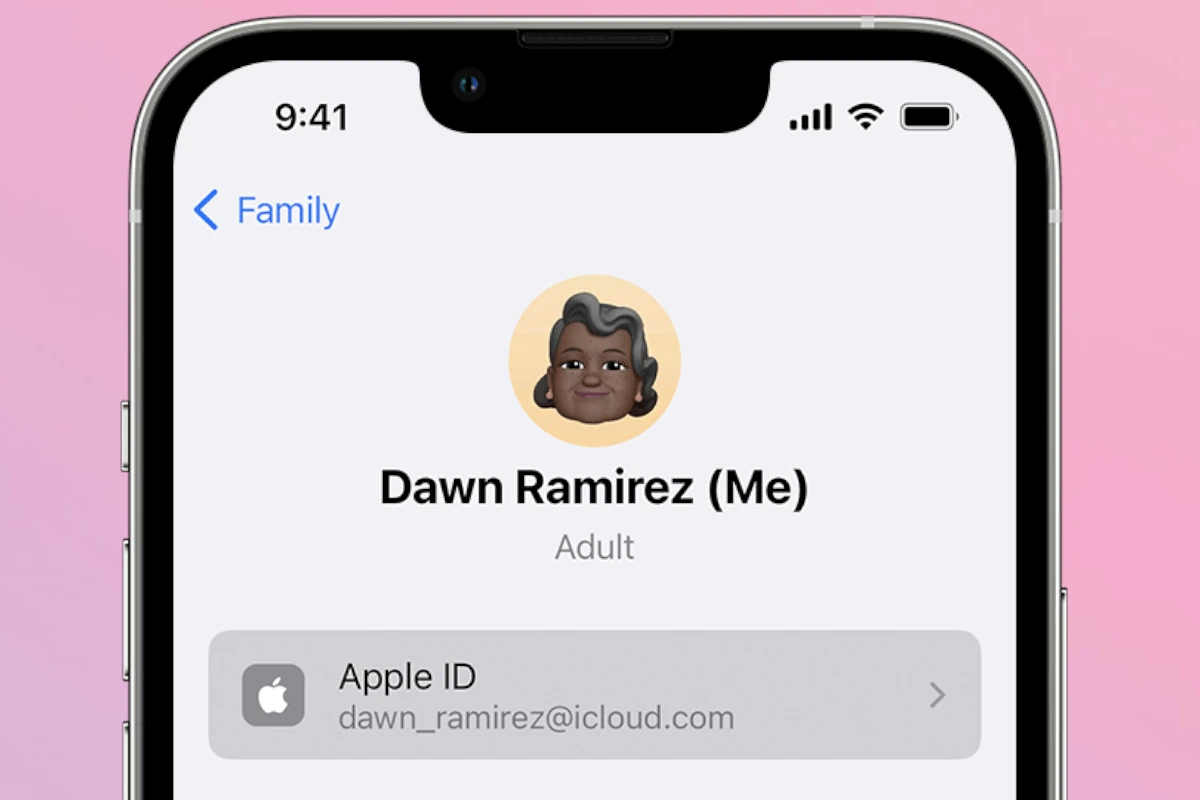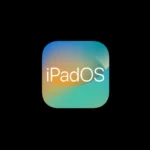An Apple ID is your master key for accessing a wide range of Apple services and products. It connects you to the App Store, iCloud, Apple Music, and more, making your Apple devices work together seamlessly. By creating a single Apple ID, users can manage payments, security details, and personal information across all their Apple devices.
Your Apple ID consists of an email address and a password. You create this account when you set up your first Apple device. This ID allows you to download apps, back up data to iCloud, and synchronize settings across different devices. Each Apple device you own can be linked under your unique Apple ID, which helps in keeping everything in sync and secure.
Security is a crucial aspect of your Apple ID. Enabling two-factor authentication adds an extra layer of security, making it difficult for anyone else to access your account. This ensures that only you can access your Apple devices and services, safeguarding your personal and financial information.

Understanding Your Apple ID
What is an Apple ID?
Think of your Apple ID as your digital passport to the Apple world. It’s a personal account you use to access various Apple services and devices. It keeps track of your purchases, preferences, and settings, allowing you to seamlessly switch between your iPhone, iPad, Mac, and other Apple devices. Your Apple ID acts as your unique identifier across Apple’s ecosystem.
The Structure of an Apple ID
Your Apple ID typically looks like an email address. During setup, you can choose to use an existing email address or create a new iCloud email address specifically for your Apple ID. Here’s how an Apple ID might appear:
Example: johnsmith@email.com
What Does an Apple ID Do?
Your Apple ID unlocks a whole range of possibilities:
- App Store and iTunes Store: Purchase and download apps, music, movies, TV shows, and books.
- iCloud: Store your photos, videos, documents, and other files in the cloud, accessible from any device.
- iMessage and FaceTime: Communicate with friends and family through text, voice, and video calls.
- Find My: Locate your lost or stolen Apple devices.
- Apple Music, Apple TV+, Apple Arcade: Subscribe to and enjoy Apple’s entertainment services.
Additional Benefits of an Apple ID
Your Apple ID also provides additional benefits, such as:
- Family Sharing: Share purchases and subscriptions with up to six family members.
- Apple Pay: Make secure payments online and in stores using your Apple devices.
- Apple Support: Get help with your Apple products and services.
Managing Your Apple ID
You can manage your Apple ID settings and preferences through your Apple device or by visiting https://support.apple.com/apple-id
Key Information Linked to Your Apple ID:
| Information | Purpose |
|---|---|
| Name and Contact Information | Used for identification and communication. |
| Payment and Shipping Information | Used for purchases and deliveries. |
| Security Settings | Includes password, two-factor authentication, and recovery options. |
| Device Management | View and manage the devices associated with your Apple ID. |
| Privacy Settings | Control the data you share with Apple and third-party apps. |
Key Takeaways
- Apple ID is essential for accessing Apple services and syncing devices.
- It consists of an email address and a password for account management.
- Two-factor authentication enhances security for your account.
Creating and Managing Your Apple ID
To fully utilize Apple services, creating and managing your Apple ID is vital. This section will guide you through the sign-up process, managing your account information, and maintaining security.
Sign Up Process
Creating an Apple ID is straightforward and begins at Appleid.apple.com. You need an email address that isn’t already linked to another Apple ID. During registration, you must create a strong password and answer three security questions. After entering your information, Apple will send a verification code to your email. Entering this code completes the sign-up. The entire process ensures your account is securely set up and ready to use across all Apple devices and services.
Account Information
Once your Apple ID is active, managing your account information is crucial. You can update personal details like your email address, phone number, and password any time by logging into Appleid.apple.com. Keeping this information current is necessary for seamless access to Apple services. Additionally, storing billing information here helps simplify purchases and subscriptions. It’s essential to ensure your security questions are updated and memorable, as they provide an extra layer of security.
Security Measures
Apple places a high emphasis on security for its users. Enabling two-factor authentication (2FA) greatly enhances the security of your Apple ID. 2FA works by sending a verification code to one of your trusted devices each time you log in from a new device. This process ensures that only you can access your account, even if someone else has your password. Regularly reviewing and updating your security settings on Appleid.apple.com can protect your personal information and maintain the integrity of your account.
Using Apple ID Across Apple Ecosystem
An Apple ID acts as a key, unlocking various Apple services and features. This section explains how your Apple ID facilitates access, synchronization, and sharing across devices.
Accessing Apple Services
The Apple ID grants access to several services like iTunes, the App Store, Apple Music, and Apple TV. It is necessary for making purchases and managing subscriptions. FaceTime and iMessage also require an Apple ID for activation, allowing seamless communication across iPhone, iPad, and Mac devices. By using the same Apple ID, users ensure a consistent and integrated experience across all Apple services.
Device Synchronization
An Apple ID allows synchronization of content across multiple Apple devices. Whether using an iPhone, iPad, Mac, or even a PC, users can sync contacts, photos, messages, and more through iCloud. This is useful for accessing your data anywhere, anytime. If you start writing an email on a Mac, you can finish on an iPhone without any hassle. This synchronization feature makes switching between devices smooth and efficient.
Family Sharing and iCloud
Family Sharing enables users to share Apple purchases, including apps, music, and iCloud storage, with up to six family members. Each member can use their own Apple ID while having access to shared content. This feature promotes a collaborative environment and is easy to manage. iCloud storage lets families share photos, documents, and data, keeping everything organized and accessible across all devices. The Find My feature lets family members locate each other’s devices, adding an extra layer of convenience and security.







